* (restored/expanded)
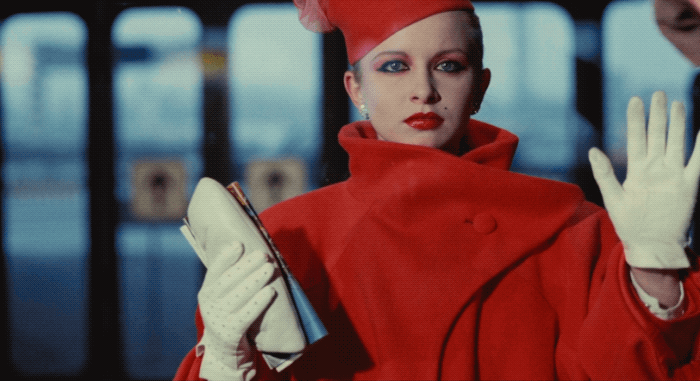
‘Ulrike Ottinger is, to use a somewhat outmoded term, a cinematic artist in the literal sense. Her exceedingly artificial visual worlds contain a cornucopia of allusions to art history and literature, from the ancient statue of Laocoon with his sons and the legend of Joan of Arc to Oscar Wilde’s Dorian Gray and Virginia Woolf’s novel Orlando. She uses these works as raw material for fantastical stories told with a visual opulence that reflects her predilection for costumes, masquerades and transformations of all sorts.
‘Ottinger’s very first film, Laocoon & Sons (Laokoon & Söhne, 1973), set the course she was to pursue in her subsequent work. It’s about the metamorphic quest of Esmeralda del Rio, who as a widow by the name of Olimpia Vincitor goes off in search of her past, shortly thereafter turns into ice-skater Linda MacNamara, and ends up taking on the male identity of a gigolo called Jimmy Junod. The continual metamorphoses catapult the viewer into a whirl of confusion in which nothing is final or permanent, nothing definite.
‘“Things are constantly occurring here that run counter to the strictures of theatre,” summarizes the narrator at a certain point in the film. This observation may also serve to characterize a leitmotif in all of Ottinger’s subsequent work, in which carnivalesque and commedia dell’arte scenes seasoned with a pinch of Baroque morbidity are interwoven with borrowings from science fiction movies to form a unique narrative blend – a blend that defies all conventional pigeonholing of style or genre.
‘From the outset, the filmmaker worked with an almost exclusively female crew. Tabea Blumenschein created the wonderful costumes and masks for many of Ottinger’s pictures, and actresses like Delphine Seyrig, Magdalena Montezuma, or Irm Hermann, who gained fame in Rainer Werner Fassbinder’s films, make multiple appearances in her works. In spite of all that, Ottinger’s art cannot be reduced to a “model for an alternative female art world”, as persistently claimed by feminist critics. On the contrary, taken as a whole her oeuvre is more about exploding socially sanctioned gender categories of male and female. This bent is illustrated, among other things, by all the satyr-like figures, bearded ladies and other hermaphrodites and freaks that populate Ottinger’s visual universe.
‘In addition to her feature films, Ottinger has made a series of films about her travels that rank among the best that the contemporary documentary genre has to offer. They tell of foreign parts from the perspective of the familiar. Here again the dominant theme is transformation: the deliberately subjective perspective makes the foreign appear familiar and instead places our own culture and customs in a strange light. A penchant for oriental and Asian culture is unmistakable in her choice of subjects.’ — Goethe House
___
Stills



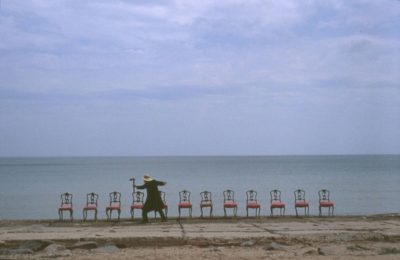










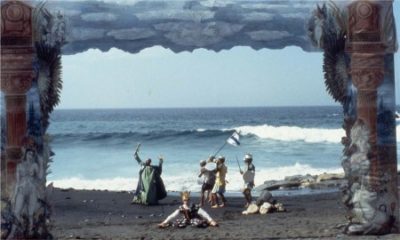























_____
Further
Ulrike Ottinger Website
‘Undiscovered Countries: The Films of Ulrike Ottinger’
Ulrike Ottinger @ imdB
Ulrike Ottinger @ Women Make Movies
Ulrike Ottinger Filmproduktion @ Facebook
Official ‘Prater’ Website
Book: ‘Ulrike Ottinger: The Autobiography of Art Cinema’
‘Ulrike Ottinger’s Chronicle of Time’
Ulrike Ottinger’s ‘Dorian Gray in the Mirror of the Yellow Press’
Ulrike Ottinger interviewed
Video: ‘Ulrike Ottinger: An Interview’ @ Video Data Base
Ulrike Ottinger @ mubi
‘Decadent Fetishism in Ulrike Ottinger’s Johanna d’Arc of Mongolia‘
‘Encore! Nonconformist German director Ulrike Ottinger
Jonathan Rosenbaum on Ulrike Ottinger
‘Ulrike Ottinger: What’s Left to be Seen’
‘Notes on the Cinema Stylographer: Ulrike Ottinger’
____
Extras
ULRIKE OTTINGER: NOMAD FROM THE LAKE
ULRIKE OTTINGER on PLACES
Ulrike Ottinger. The Sociology of Film and Cinema. 2007
Filmgespräch Ulrike Ottinger
______
Interview
collaged

You’re a German filmmaker. What are we to take away from this: “German”.
Ulrike Ottinger: I find myself rather isolated in the German film scene, particularly among my women colleagues, because my films come out of the tradition of fantasy and surrealist filmmaking. Besides that, my experience as an artist, especially in Paris during the sixties, is rather unusual for a filmmaker. My eyes have become extremely sensitized to visual images. My film BILDNIS EINER TRINKERIN, for example, on one level offers a sightseeing tour through Berlin. I construct my films with images. I use a syntax of images, whereas most German women filmmakers seem conventionally tied to dialogue. I seek new images for the new content which is proposed by a woman’s experience. This may be why spectators often complain about my films’ length and dense imagery. They are not accustomed to an associative style, beyond psychological motivation.
One can see parallels in your development at the level of representation: in your early films both elements – on the one hand the artificiality of the figures, of their charcteristics, of the decor, and on the other the semidocumentary, “unstudied” camera work – seem to clash in every image, only to merge at the end. Ticket of no return comes closest to a definite separation: the emphasis throughout is on the playful and the contrived. Now we have the clear juxtaposition of two aesthetic stances: fiction and documentation.
UO: There have always been clear confrontations in my films. In Ticket of no return, fiction and reality carry on a dialogue which is commented upon by the ladies “Social Question”, “Exact Statistics” and “Common Sense”. All the while the urgent appeal for “Reality” sounds from the airport loudspeakers. Freak Orlando is the attempt to present the totality of culture, power and politics as an historical tableau, in which “reality” appears as a bewildering trompe l’æil. In Johanna d’Arc of Mongolia, the carriers of Western culture riding on the Trans-Siberian are confronted first with their own culture, travelling as they are in their own museum, which is then unexpectedly held up by a foreign culture.
In your films you construct worlds out of “everyday myths”, out of “epistemes” and social roles in order to tade your characters (whether they are this way by choice or force of circumstances) to the margins of normality and beyound. The political aspect of your films is the dream or utopia of freedom which can arise in the viewer’s mind – the freedom to be different.
UO: It was not my intention to create exotic images. The film is concerned, rather, with the transport of culture. If exoticisms arise in the process. they are never identified with “the foreign” per se but rather with the unsuccessful encounter with the foreign. I don’t mean that only negatively, because the results are sometimes interesting. My film is devoted not to exoticism bur rather to nomads. These can be Mongols, but also job-seekers, Jewish intellectuals and artists, refugees, those travelling for edification or adventure. I see the route of the Trans-Siberian and also the Silk Road as a sort of guest-book of cultures, in which the most various influences leave their mark. The theme of the film is the infectiousness of nomadic ideas.
You have worked with the same actresses time and time again, in particular Delphine Seyrig, and always seem to be striving for a mixture of “professionals” and “amateurs.” These amateurs, however, are often people who give the impression of having already tried to gain control of their everyday reality by playing themselves. On what principles do you choose your actresses so that they can take your characters beyond their function as representations of abstract types, and make them into living subjects?
UO: “Amateur” and “professional” are two different performance techniques which, once again, carry on the dialogue between documentary and fiction on another level. For me, it is not a matter of living or dead subjects, as long as they fully realize their performance technique.
In talking about your films, one can emphasize the aspect of the (cultural) journey, of movement through particular situations, which also always remain journeys through time – something reminiscent of the great era of the silents, with its episodic films. But one can also focus on your predilection for puzzles, for the playful jumbling of established patterns, and thus for artistic self-reflection. And thirdly, there is the particular tension in all your films between documentation and fiction – a relationship which today’s cinema as a whole is perhaps in a position to carry the furthest. In what context would you place your work?
UO: I play with many contexts and various narrative forms. The classic introduction of the four western protagonists, who, as it were, sing their arias on the stage, observes the unities of place, time and action. The well-organized interior makes of nature an artificial exterior. But whilst the tundra rolls past the windows in painted tableaux, the people inside hear its siren call. Unaccustomed stories penetrate the familiar surroundings, which in the end are invaded by an exterior oblivious to all this domestication. In the grasslands, under the open sky, epic singers introduce Mongolian time.
Godard once said, “Technique is the sister of Art.” Would you agree with his attribution of gender?
UO: Art has many Siamese twins.
________________________________
11 of Ulrike Ottinger’s 18 films & installations
__________________
Madame X: An Absolute Ruler (1977)
‘Madame X, the cruelest and most successful pirate of the Far Eastern seas, puts out a call to all women seeking a world full of gold, love, and adventure to join her crew and become marauders on the high seas. But even after their first pitiless attack on a yacht carrying hilarious caricatures of bourgeois male hegemony leaves them awash in plunder, the increasing assertion of the new pirates’ identities and desires leads an already chaotic journey into absolute bedlam. On the women’s ship Orlando the flags of attack, leather, weapons, lesbian love and death are raised with a beauty which dispenses with a total domination of the viewer’s gaze. The aesthetic is strictly stylized, exhibiting itself without overwhelming us.’ — ulrikeottinger.com
Trailer
Excerpt
__________________
Ticket of No Return (1979)
‘A portrait of two unusual but also extremely different women. One rich, eccentric, hiding her feelings behind a rigid mask, consciously drinks herself to death. The other is a known drinker in town. In the course of the story they try to get to know each other, but they cannot come together. The background is Berlin, thrown open to a grotesque kind of sightseeing (drinkers’ geography) and complemented by authentic contributions from people who live here or are visiting, rock singers, writers, artist, taxi drivers. With Tabea Blumenschein, Magdalena Montezuma, Nina Hagen and Eddie Constantine.’ — Women Make Movies
Excerpt
Excerpt
_______________
Freak Orlando (1981)
‘This, apparently her most monumental film project, is nothing if not ambitious—inspired by Virginia Wolfe’s time-tripping feminist tract ORLANDO, the film (according to a synopsis published on Ottinger’s website) means to present “a history of the world from its beginnings to our day, including the errors, the incompetence, the thirst for power, the fear, the madness, the cruelty and the commonplace, in a story of five episodes.” What that quote doesn’t reveal is that this politically incorrect film’s world is populated entirely by freaks. In other words, Ottinger’s aims are similar to those of Todd Browning’s FREAKS and Werner Herzog’s EVEN DWARFS STARTED SMALL: a vision of our world as a giant freak show, a concept FREAK ORLANDO takes farther than Browning or Herzog ever did.’ — fright.com
Excerpt
Excerpt
______________
Dorian Gray in the Mirror of the Yellow Press (1984)
‘Dorian Gray in the Mirror of the Yellow Press is Ulrike Ottinger’s epic media studies fever dream. Plotting to boost circulation of her multinational media empire, Frau Dr. Mabuse (art film icon Delphine Seyrig) molds dapper aristocrat, Dorian Gray (60s supermodel Veruschka von Lehndorff), into a tabloid celebrity of her own designs. Introducing Dorian to a world of power and intrigue, Mabuse pairs him off with opera star Andamana (Tabea Blumenschein). But as readers tire of the new couple’s amorous exploits, Mabuse dispatches her maniacal henchmen (Fassbinder regular, Irm Hermann, Magdalena Montezuma, Barbara Valentin and writer, Gary Indiana) to kill off Dorian’s paramour. And so begins his plummet into the seedy, criminal underbelly of 1980s Berlin. Dorian would be Ottinger’s last entirely fictional feature of the 1980s as well as the final film in Ottinger’s Berlin trilogy, in which a “stylized composition provides a sightseeing trip through Berlin,” that is, at once, fictional and phantasmagorical, yet also wholly documentary in its depiction of the city’s architecture and underground milieu.’ — Dirty Looks NYC
the entire film
_________________
Seven Women, Seven Sins (1986)
‘Seven Women Seven Sins represents a quintessential moment in film history. Seven women filmmakers invited to direct for the seven sins were amongst the world’s most renown: Helke Sander (Gluttony), Bette Gordan (Greed), Maxi Cohen (Anger), Chantal Akerman (Sloth), Valie Export (Lust), Laurence Gavron (Envy), and Ulrike Ottinger (Pride). Each filmmaker had the liberty of choosing a sin to interpret as they wished. The final film reflected this diversity, including traditional narrative fiction, experimental video, a musical, a radical documentary, and was delivered in multiple formats from 16, super 16, video and 35mm. After the initial television airing Maxi Cohen went on to prepare it for a theatrical release, unifying the formats into 16mm. The theater release of Seven Women Seven Sins caused quite a stir. People lined up around the block to see this compelling anthology of the seven deadly sins.’ — NYWIFT
Trailer
____________
Joan of Arc of Mongolia (1989)
‘In this tri-lingual epic, seven western women travel in the Trans-Siberian Railroad and are kidnaped by a tribe of Mongolian female warriors. As fantastic as it sounds, this tale is as grounded in historical and ethnographical research as it is in Ottinger’s fictions of transformation, metamorphosis and the problem of dealing with otherness. The whole film is a twin structure, cut through by doubles, repetitions, similarities and endless reflections. The images have a crease, established by the stories … In this way the Mongolian world casts a reflecting light on western customs and habits and cinema recommends itself as the instrument of investigation and the agent of old and new myths.’ — Frieda Grafe
Excerpt
________
Prater (2007)
‘The fabled Viennese amusement park, Prater, is the centerpiece for Ottinger’s meditation on vanished pre-war Europe and its fascination with machines and entertainment. Ottinger skillfully pieces together the park’s history, interweaving remarkable archival footage, interviews with members of the carnival worker families who are the park’s lifeblood and new fictional footage starring Veruschka as a latter-day Alice gliding through the Prater’s Wonderland. An intellectual thrill ride, Ottinger’s film makes delightfully unexpected turns with its harnessing of diverse writings by the likes Josef von Sternberg, Elias Canetti and Elfriede Jellinek.’ — collaged
Trailer
___________
Under Snow (2011)
‘In the Echigo region of northwestern Japan, where heavy snow blankets entire landscapes and villages for more than half the year, a distinctive way of life has evolved. Time follows a different, slower rhythm, and everyday routines, along with religious rituals, wedding traditions, festivals, foods, songs, and games, are adapted to Echigo’s austere living conditions and natural beauty. Ulrike Ottinger’s latest film leads us into this mythical country, turning her lens on daily and communal life under the snowy mountains. Narrated in English by American literary and media theorist Lawrence A. Rickels, this stunning documentary sequences merge with the tale of students Takeo and Marko, played by Kabuki performers. Their journey through the past and repeated encounters with the present find them wondrously transformed with help from a beautiful vixen fox. Under Snow is clear evidence that Ottinger, whose career spans more than four decades, remains one of world cinema’s most original artists.’ — Women Make Movies
Trailer
____________
Floating Food (2011)
‘Ulrike Ottinger’s Floating Food is an installation exploring eating as a cultural and religious ritual, and the cultural connotations of water. The installation is composed of film montages, photographs, ethnographic objects and sculptures that include a Samurai robe made of dollar bills and a shaman’s costume. The renowned filmmaker, photographer, and collector of images and texts from around the world displays various aspects of her creation in a huge collage. Water, the central motif of the exhibition, is considered by Ottinger as more than simply a representation of a theme. Rather, water embodies a principle of thought, of life and of work.’ — collaged
the entirety
_______________
Chamisso’s Shadow (2016)
‘Adelbert von Chamisso accompanied the Romanzow research expedition on the Rurik from 1815 to 1818 as a botanist. Inspired by his descriptions as well as those of the other great explorers such as Forster and Anderson with Captain Cook, Steller with Bering and Humboldt I came up with the idea to create a cinematic evocation of these travel experiences, both past and present. I believe the past and the present of these journeys belong together and can’t be separated just like poor Schlemihl and his shadow in Chamisso’s ‚Wondrous Story’, where Schlemihl seeks to recover and reinstate his lost shadow as he travels through the world.’ — U.O.
Trailer
_____________
Paris Calligrammes (2020)
‘In Paris Calligrammes, the artist Ulrike Ottinger casts a highly personal and subjective gaze back to the twentieth century. At the heart of her film is Paris: its protagonist is the city itself, its streets, neighborhoods, bookstores, cinemas, but also its artists, authors, and intellectuals. It is a place of magical appeal, an artistic biotope, but also a place where the demons of the twentieth century still confront us.’ — Bernd Scherer
Trailer
*
p.s. Hey. ** A, Hi. Okay, thanks a lot, Alex. ** Jack Skelley, Hey, J. Hatred Object thought he knew the way to a guy’s dick, and maybe he did. Awesome seeing on you on Saturday. I hope you’re feeling tons better and that the gig tomorrow (?) is a massive booty shaker. Love, me. ** alex, Hi, alex. Good to see you, pal. Super itching to start editing the film, yes. I’m drinking green tea too as we speak because my usual dose of coffee didn’t provide its usual blast off. Congrats on the convivial new job. What is it? And excellent that you did the workshop with Blake. He’s great and knows of what he speaks (and writes) big time. Happy it stoked you and made you write excitingly. I’m obviously super high on the restorative properties of form experimentation. I look forward to reading what you’ve wrought when the time comes. Right, it’s spring. While I was away this homely plant someone gave me massively self-improved by extruding these sort of pink and white flowers. My jet lag might be dying, maybe, it feels like it, hopefully. I hope your writing and gardening are prioritising your pleasure. ** Sypha, Hey. Well, I’m glad your second C is a moderate one. I don’t think anyone’s getting it over here anymore. People talk about it nostalgically and stuff. Improve lickety-split. ** Bill, I know, it’s weird I’ve never been to Vienna. We’ll see how much free time I’ll have since I’ll be kind of in and out, but I do hope to see some art or something. Jimmy Duval is actually referenced in one of my novels, I can’t remember which. Maybe ‘Frisk’? I think someone is described as having a Duval-like stomach or something. He was in a video with me way back, for the ‘United States of Poetry’ PBS series where poets read poems and they were enacted with these kind of narratives. They had me read a not so great poem about a street hustler and Jimmy played the hustler. This is it. How was the screening and talk? ** Dominik, Hi!!! Oh, my god, Julian is great! Thank you for the photos. I’m all crushed out. He should be an escort. That would be fun to stay with you guys. I’m assuming Vienna will intrigue me enough on the quick trip that I’ll want to go back and luxuriate in it. My jet lag is maybe much better this morning, I think. I’d hate to jinx it, but I haven’t nodded off today yet. Love making a temporary fix to my meat-phobic digestive system so I can eat heythereyo (if I want to), G. ** Darbs, You did change your name. Darby Crash’s close friends used to call him Darbs. Oh, shit, hospital. Okay, mum’s the word, but I’m awfully glad you’re out of there. Your mom sounds … difficult to say the least. Luckily you seem to manage to be pretty interesting even under her power mongering. I don’t know how something like that gets sorted and frees you, but I obviously hope something does. I have friends with scarred arms and legs, and they have plenty of friends and admirers, so I think anyone who doesn’t want to know you for that reason is just a generalising bullshit idiot, and your doctor is too. Oops, sorry. You will escape that place, even if I don’t know how/when. I thought I’d be a bullied weirdo outcast forever when I was your age, but I found the right people and the real world opened. I don’t think I know Peng Yu and Sun Yuan off the top of my head, but I’ll go find their stuff and find out. The ‘silent twins’ book is really good. I read that quite a while ago, but I remember being kind of obsessed with it. Awesome that it’s coming back. I do like 90s German techno. I used to listen to it a lot. Especially the gloomy stuff like uh, early Sven Vath and stuff. Let me know the name of that artist when you think of it. I hope to see you again soon. Hugs and strength to you, friend. ** _Black_Acrylic, Oh, yeah, sounding, no thank you very much, ha ha. I liked ‘EO’ too, as you may know. I need to catch up on films. The only things I’ve seen in forever were plane entertainment. ‘Dune’ was so tedious. ** Cody Goodnight, Hi, Cody, I’m good enough. How are you? Whoa, enjoy the graduation. Is there a ceremony or something? Congrats! And N.O. too, duh. I’m liking all of the artistic input you’re intaking. Some great stuff there, and excitingly all over the place. I hope to start getting new stuff into my head ultra-soon too. The film shoot was massively consuming. Great to see you! I hope your week is dawning in an avalanche-y style. ** maGic G, Well, yes, I loved the extract, and, as soon as the book itself gets here, which it is supposedly doing, I’ll fill in the blank. Miraculously well, very cool and, may I say, long deserved. Great news about your brother! And, seriously (?), you have a twink slave now? Or, wait, he wants to be your slave? And I assume you’ll grant his wish? Holy moly. I don’t know if I believe in magic. Maybe. Some say being optimistic is believing in magic. Have a total blast today! Love, me. ** politekid, Hi, O! Ah, families, what can you do? Well, I guess you can do what I did and move halfway across the world from them. So glad you like Simon. He’s so unread. And he won the fucking Nobel Prize, which has to be the weirdest Nobel Prize choice ever. My fave is ‘Triptych’. It’s just three detailed ‘pans’ (in language) through the same room. Calder was a godsend, but, yeah, could there even be uglier books? Well, I’m happy to hear you’re writing a script, if that helps. And a most curious one. Well, I did kind of a different but same thing with ‘The Sluts’ where I just mimicked online writing, and it’s my worst written novel, but it’s the one everyone loves so much, so go figure. This weekend … John Waters was here to do an event because his novel is just being published here now, and I went to see his event and hung out with him a bit, which was great because I haven’t seen him in the flesh in about a decade. And I did my biweekly Zoom ‘book club’ with US friends. And I hung out with this interesting Australian writer. And I tried to stay awake (mega-jetlag). And other stuff. It was okay, I guess. What’s your week? ** Right. I decided to restore and expand an old, defunct blog post about Ulrike Otttinger for you guys, and I hope you’ll try to make the best of it. See you tomorrow.

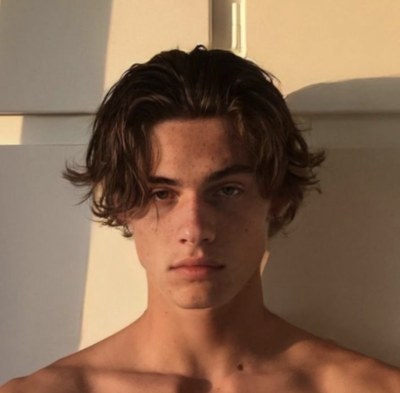

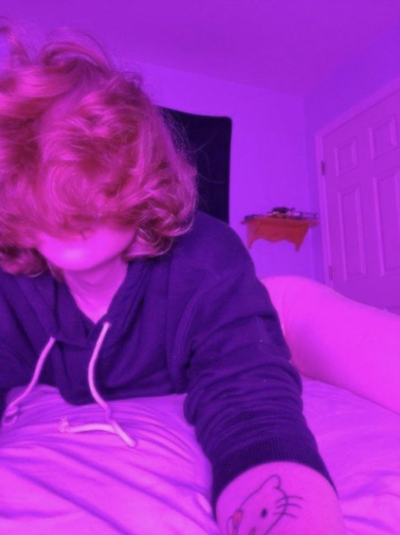
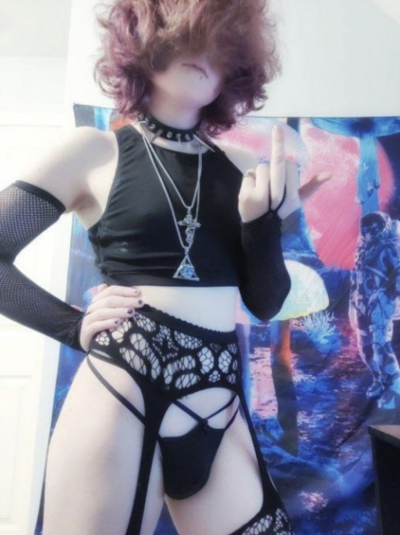

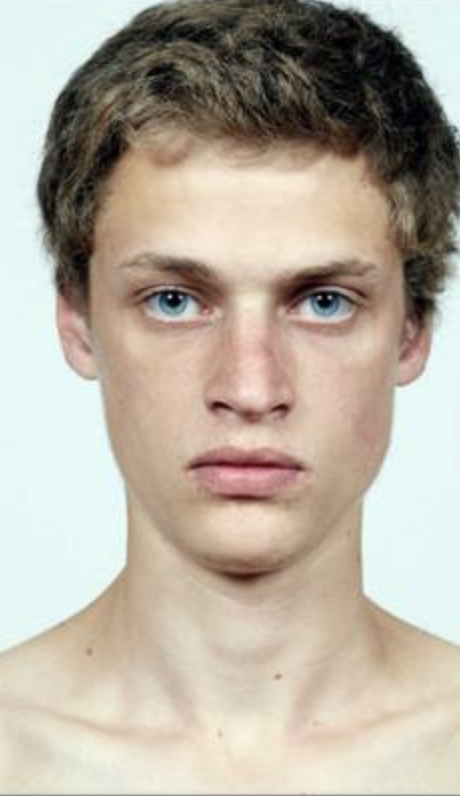
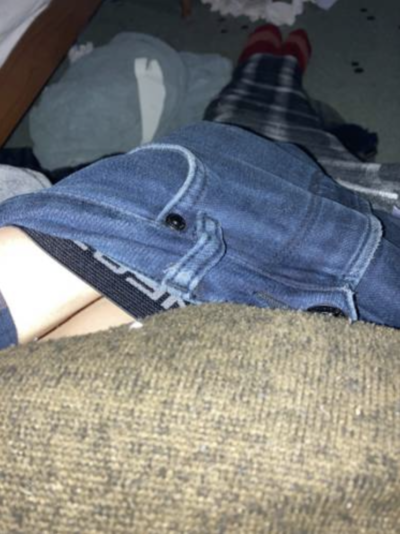


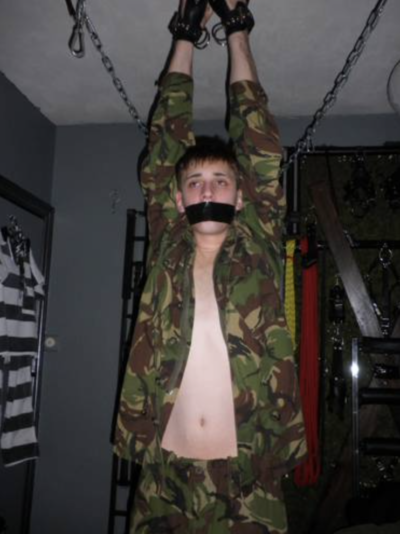



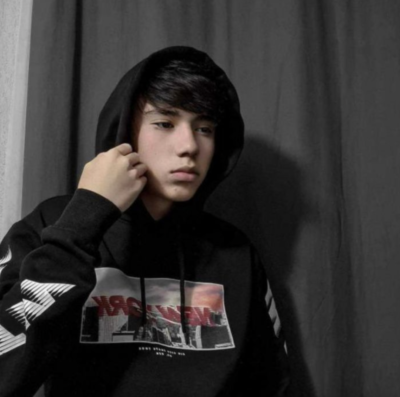




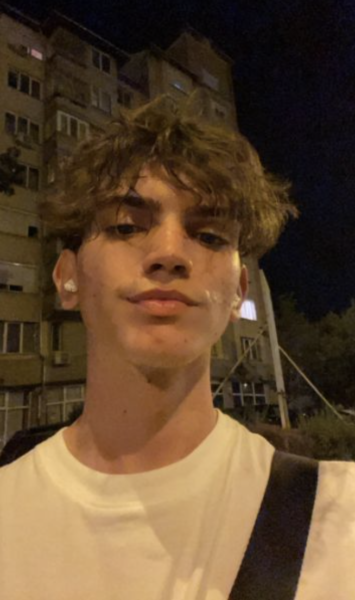
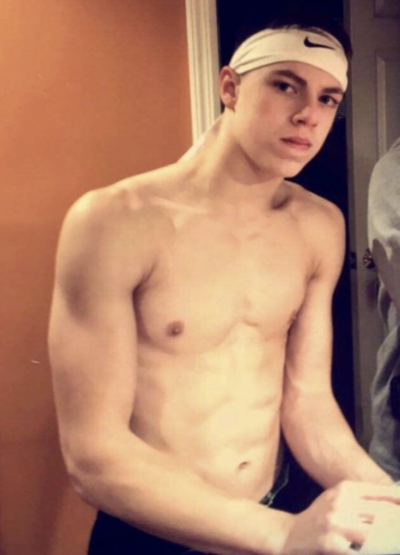
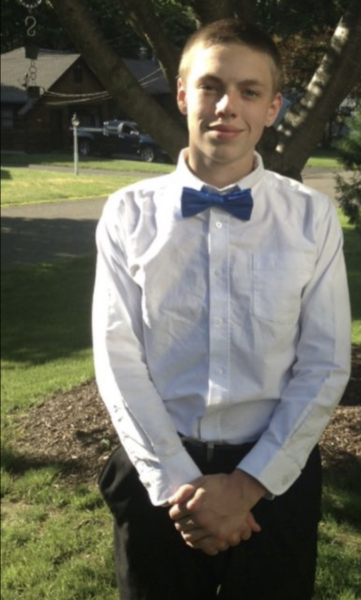


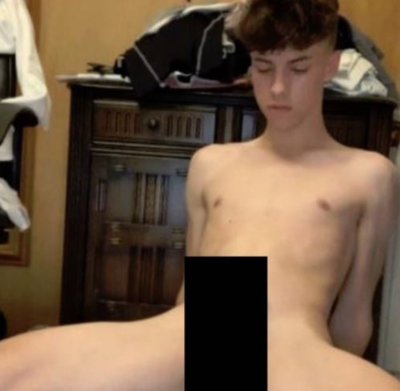
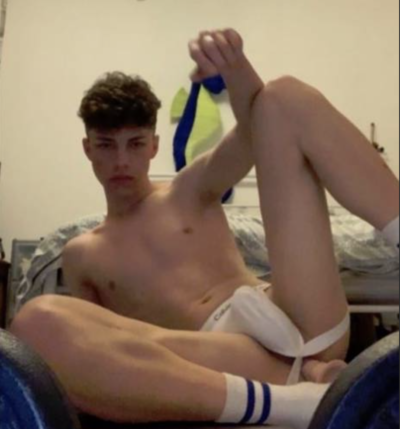
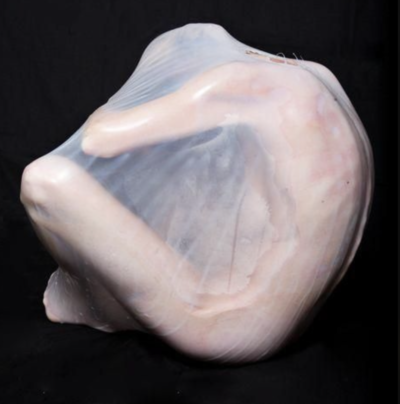
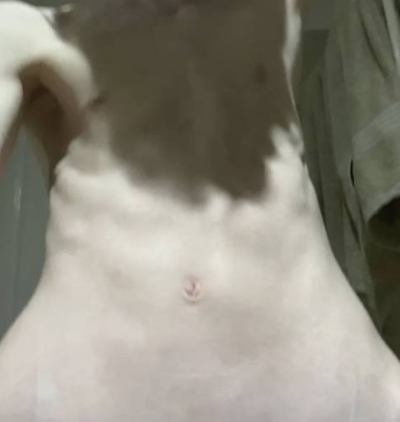
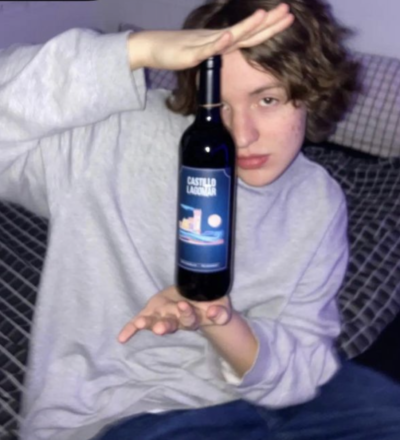


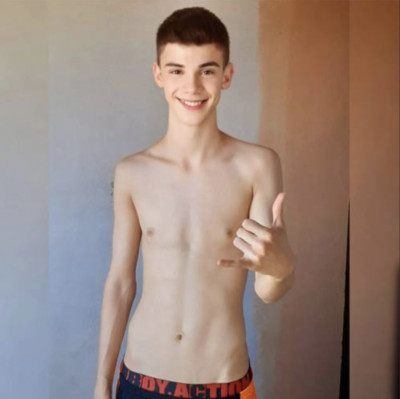
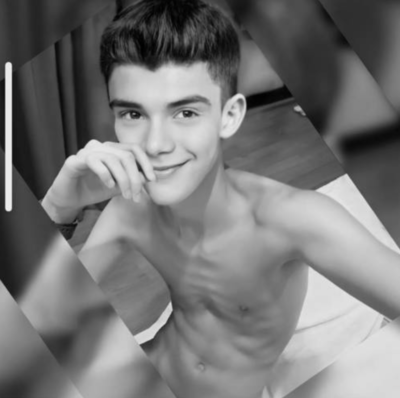
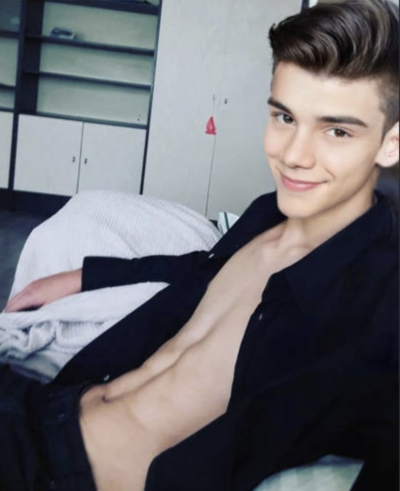



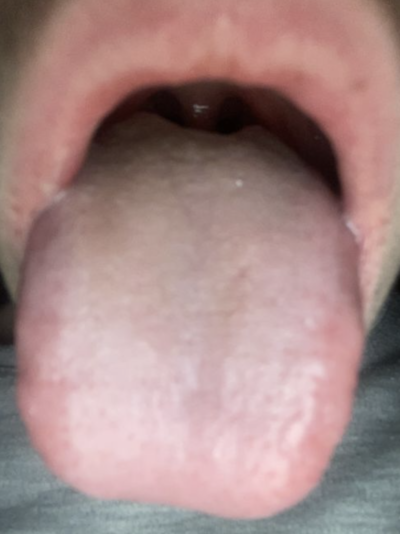


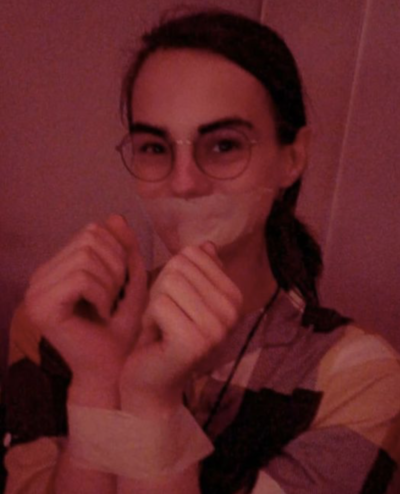
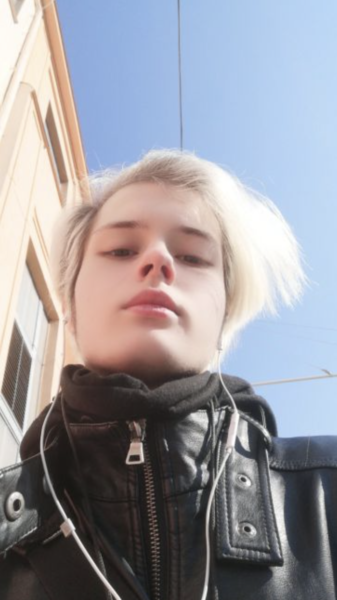

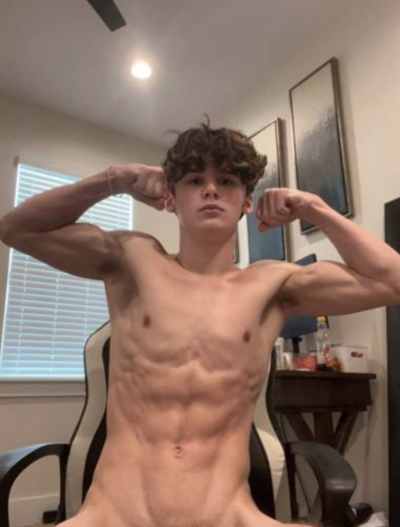



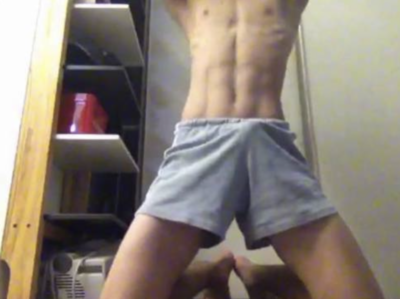
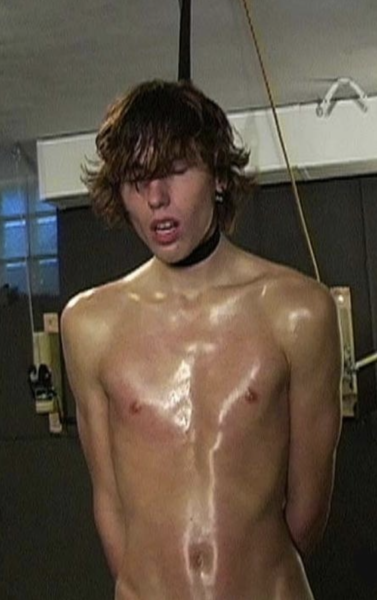
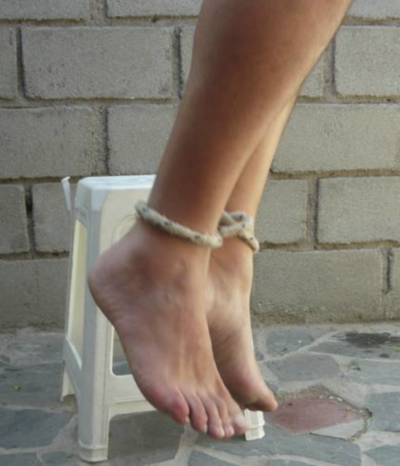
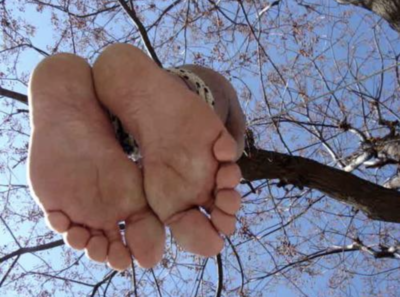
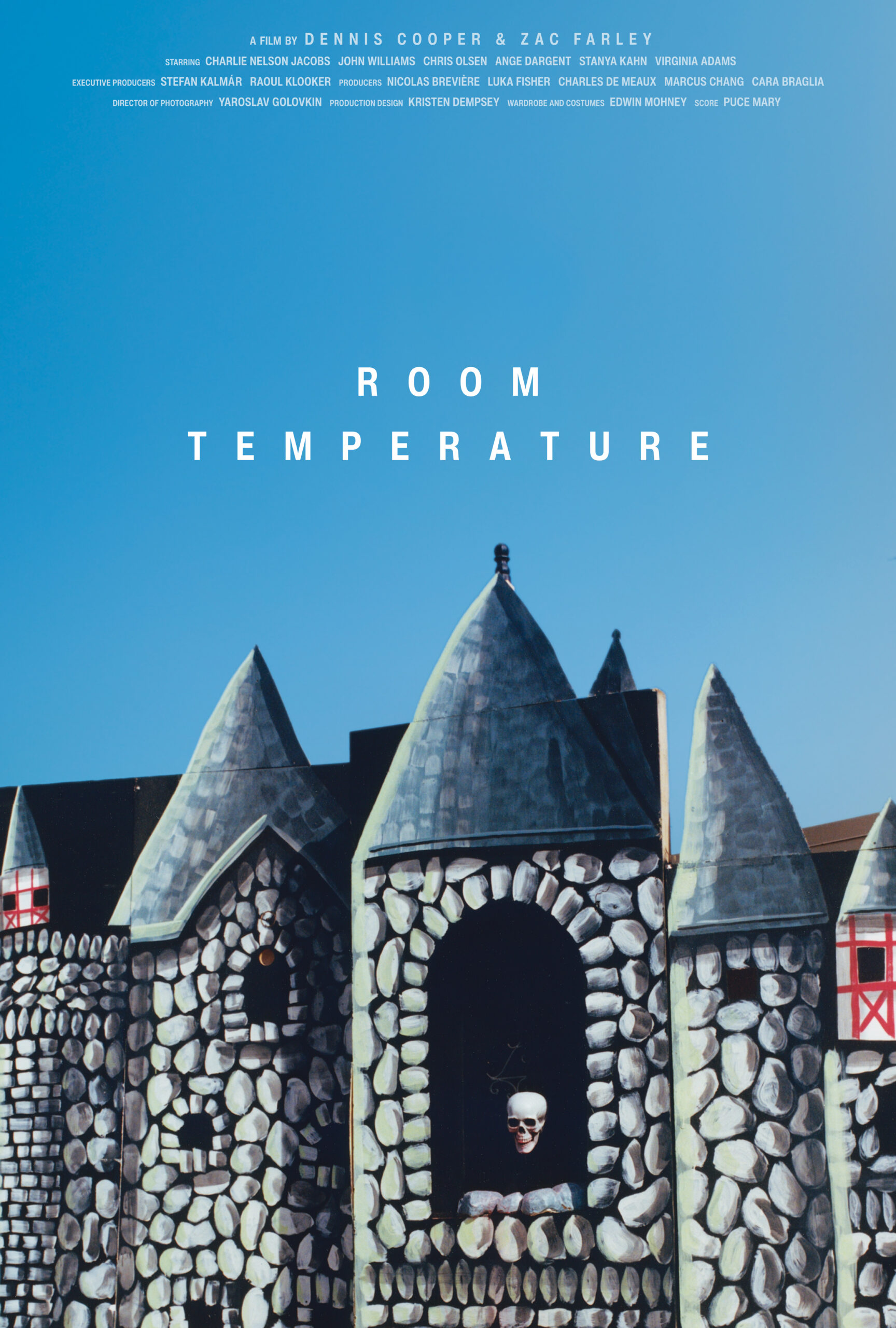



 Now available in North America
Now available in North America 